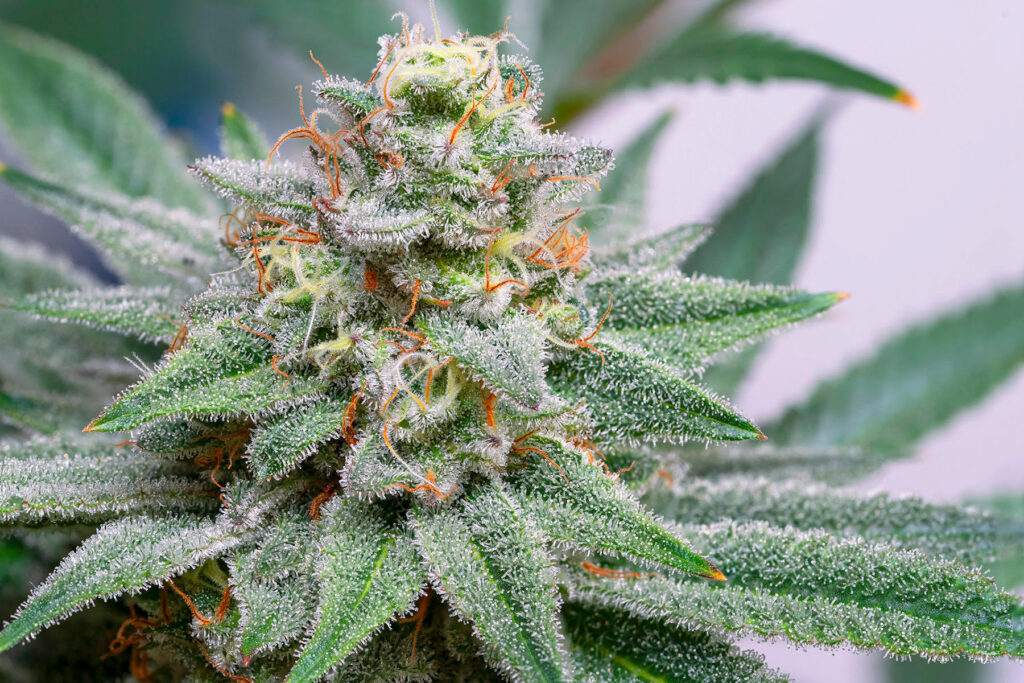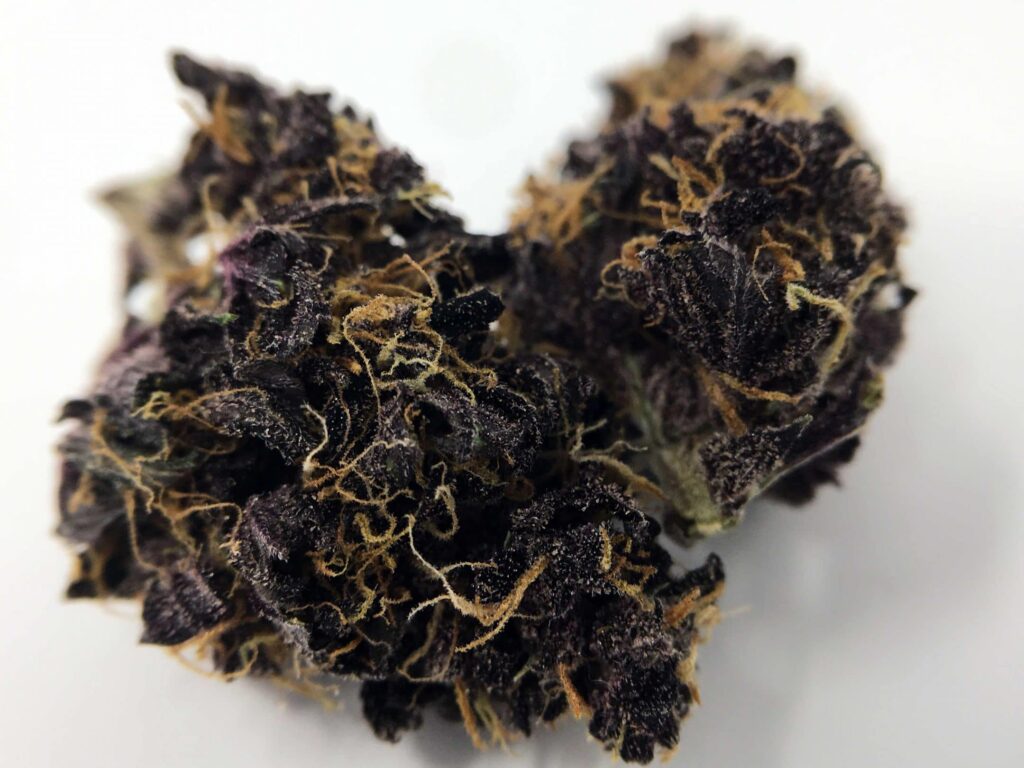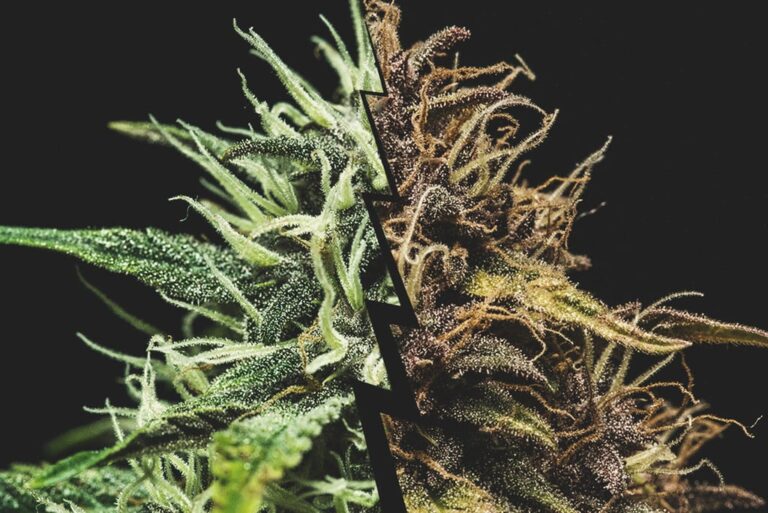
Cannabis isn’t just one plant—it’s a family of varieties with different histories, flavors, effects, and appearances. In conversations about cannabis, you might come across terms like “white cannabis” and “black cannabis.” These aren’t official scientific categories but rather cultural descriptions that often reflect differences in strain genetics, physical appearance, or even how communities experience and use the plant. To understand the link between white and black cannabis, we need to explore how they’re perceived, their unique traits, and the broader role cannabis plays across different groups.
What is White Cannabis?
White cannabis generally refers to strains that are lighter in appearance and often covered in frosty trichomes, giving them a whitish, crystalline look. Strains like White Widow or White Rhino became popular because of this striking appearance.
- Appearance: White cannabis strains usually have dense buds with heavy resin coating, making them sparkle under light.
- Effects: They’re often associated with uplifting, balanced highs—good for social settings, creativity, or light relaxation.
- Cultural Connection: White cannabis became popular in Western markets during the 1990s and early 2000s, especially in Europe and North America.

What is Black Cannabis?
On the other hand, “black cannabis” can mean a few different things depending on who’s using the term. Sometimes it refers to darker-colored strains with deep purple or almost black hues. Other times, it’s used in a cultural context to describe cannabis strains and consumption patterns tied to Black communities and traditions.
- Appearance: Strains like Black Domina or Blackberry Kush showcase darker leaves and buds with rich purple or black undertones.
- Effects: Black cannabis strains are usually indica-dominant, offering strong body relaxation, pain relief, and sedative qualities.
- Cultural Connection: Black cannabis is also tied to traditions in the Caribbean, Africa, and Black American culture, where the plant has long been celebrated in music, spirituality, and social life.

How White and Black Cannabis are Linked
Despite the different labels, white and black cannabis share a deeper connection—they’re part of the same plant family and reflect how cannabis adapts across environments, genetics, and cultures.
- Shared Genetics: Both white and black cannabis strains come from crossbreeding techniques that highlight different traits, whether it’s frosty trichomes or darker pigmentation.
- Community Influence: The naming also reflects how cannabis is adopted and appreciated by different cultural groups. White cannabis often represents mainstream or European cannabis culture, while black cannabis highlights the plant’s significance in Afro-Caribbean and African-American contexts.
- Common Purpose: At the end of the day, both serve the same roles—providing relaxation, creativity, relief, and connection for people.
Why the Distinction Matters Today
In 2025, conversations about cannabis are not only about strains but also about inclusivity, history, and representation. Recognizing the link between white and black cannabis is important because:
- It shows how diverse cannabis culture truly is.
- It highlights the role of marginalized communities in preserving and spreading cannabis traditions.
- It pushes the industry to be more inclusive, ensuring that Black and minority growers and entrepreneurs also benefit from legalization.





